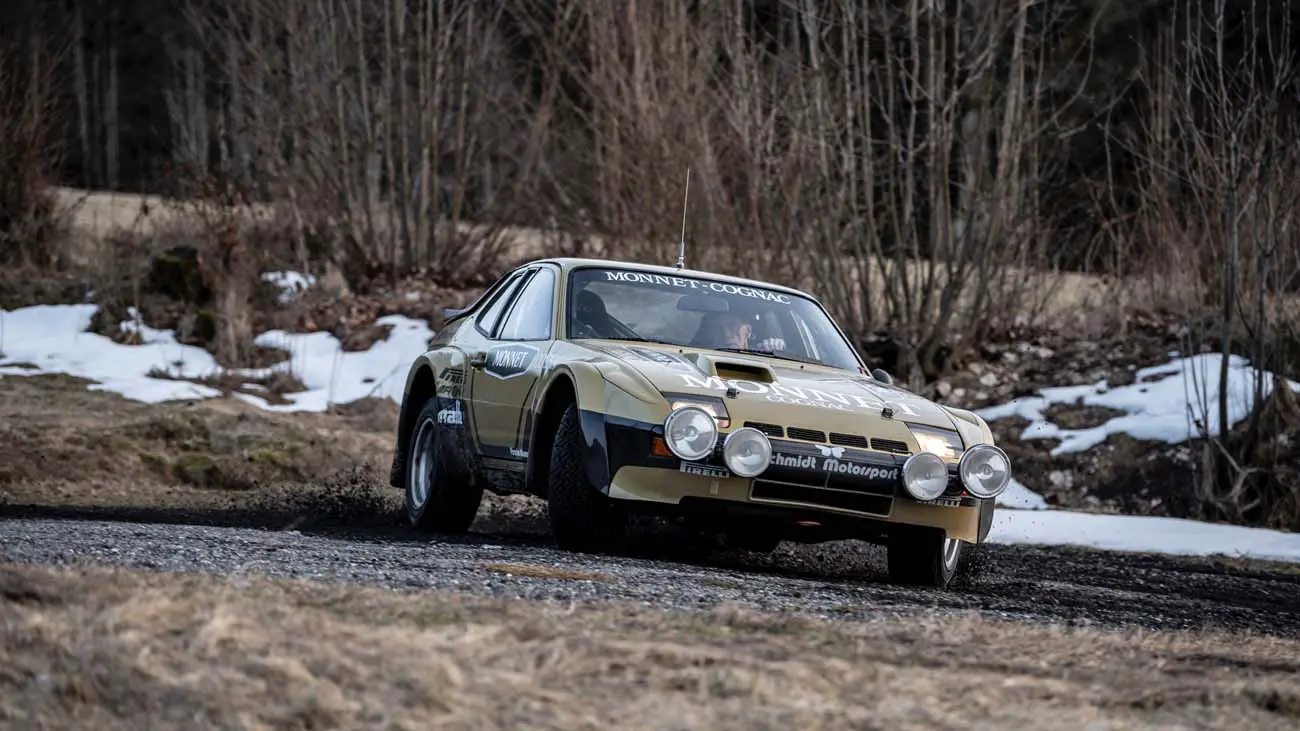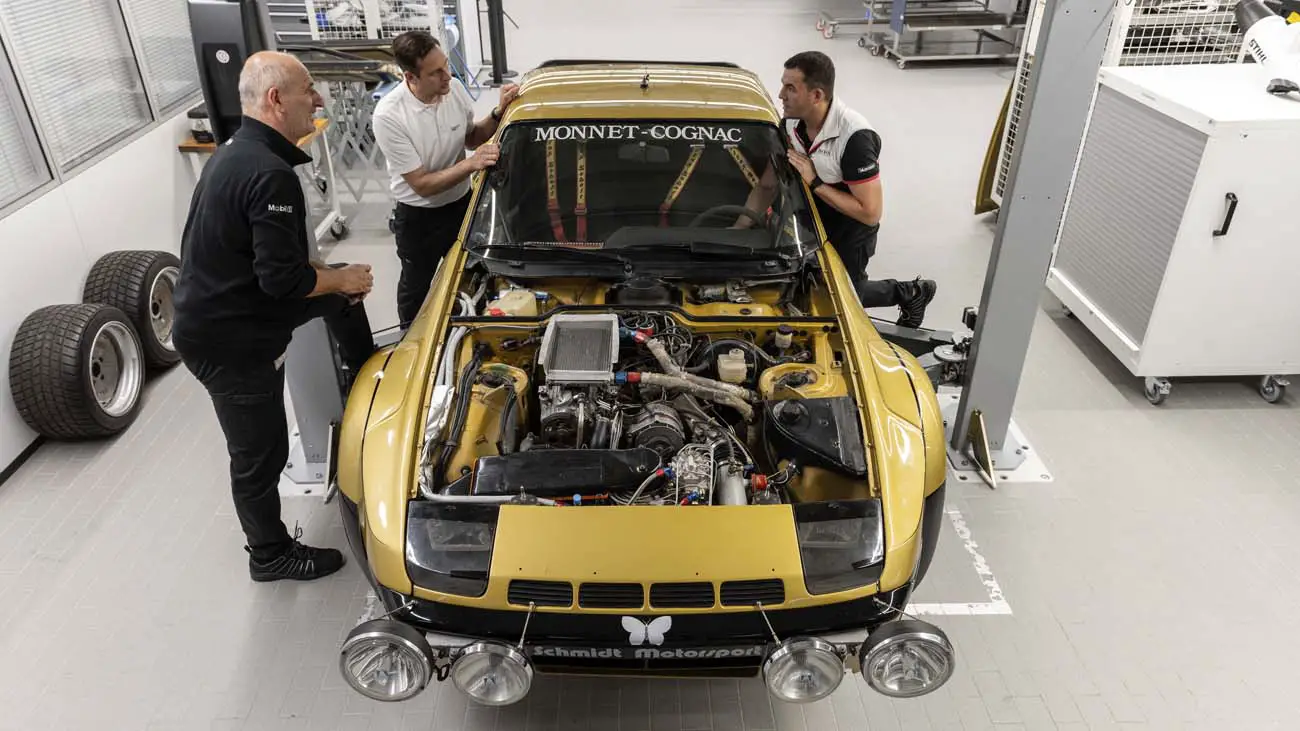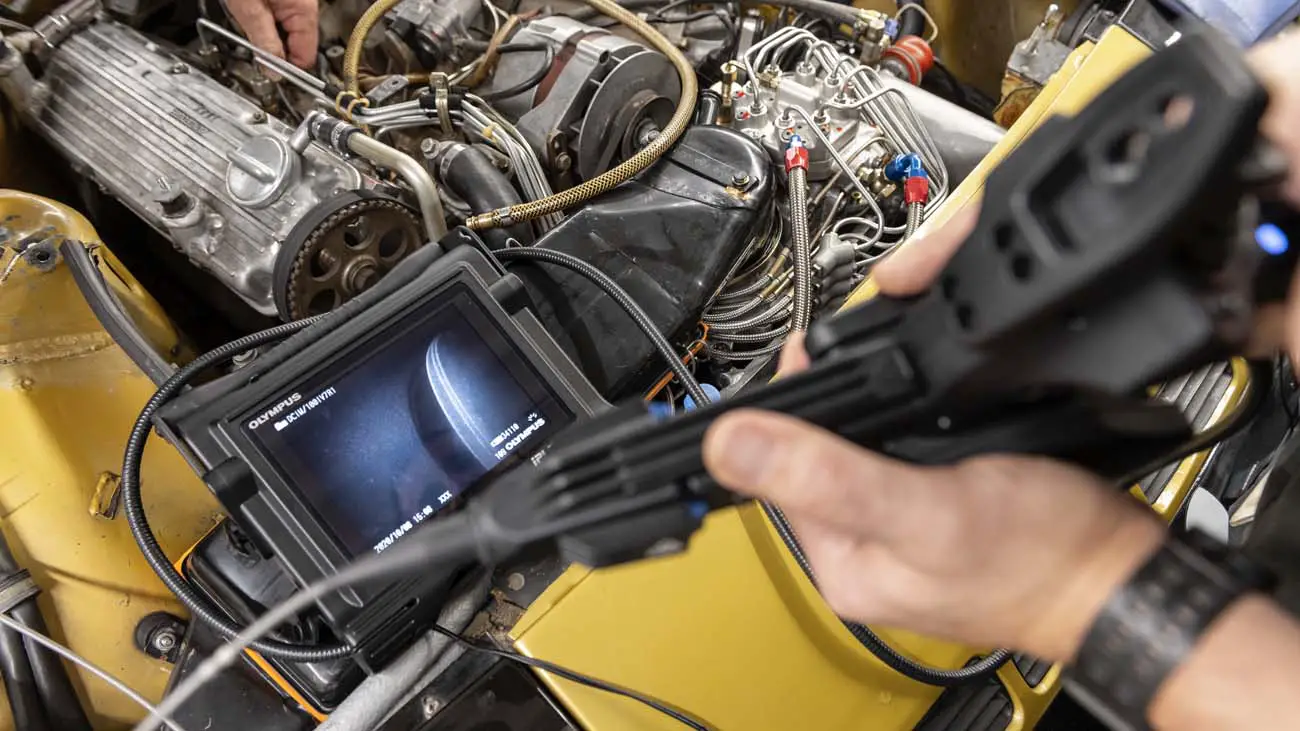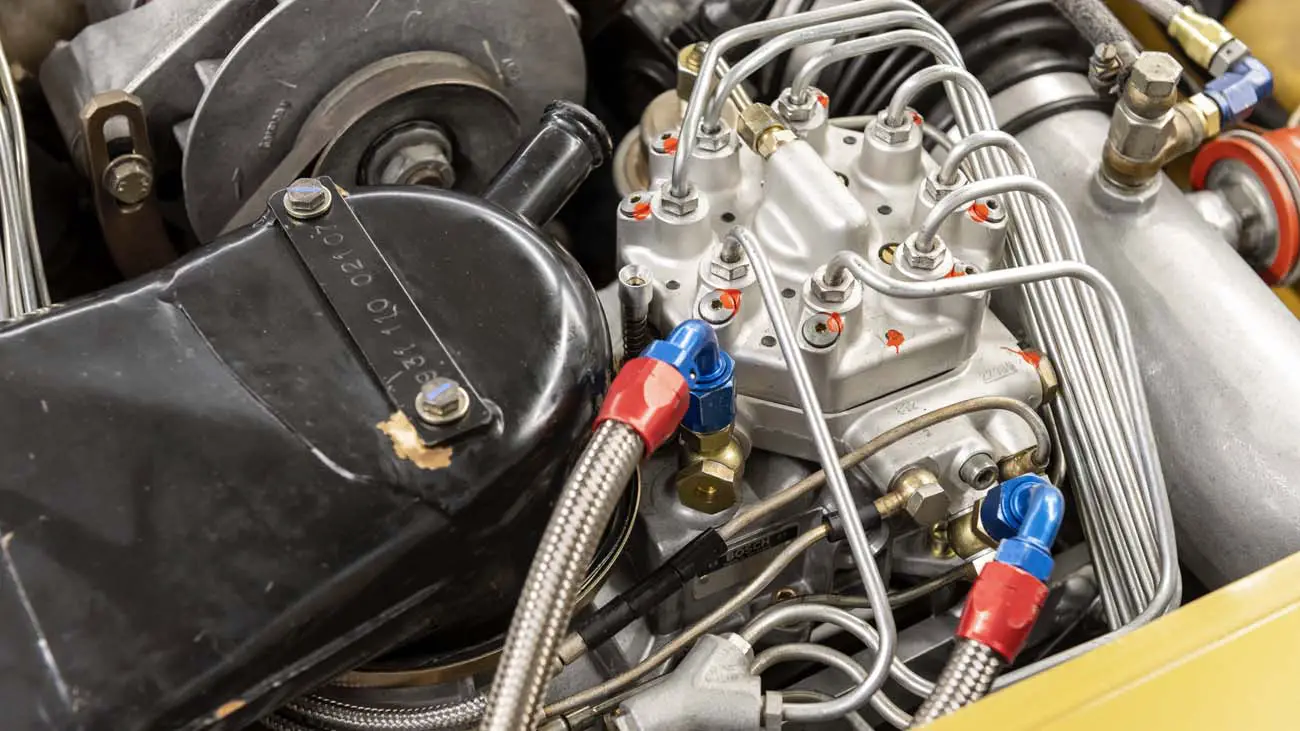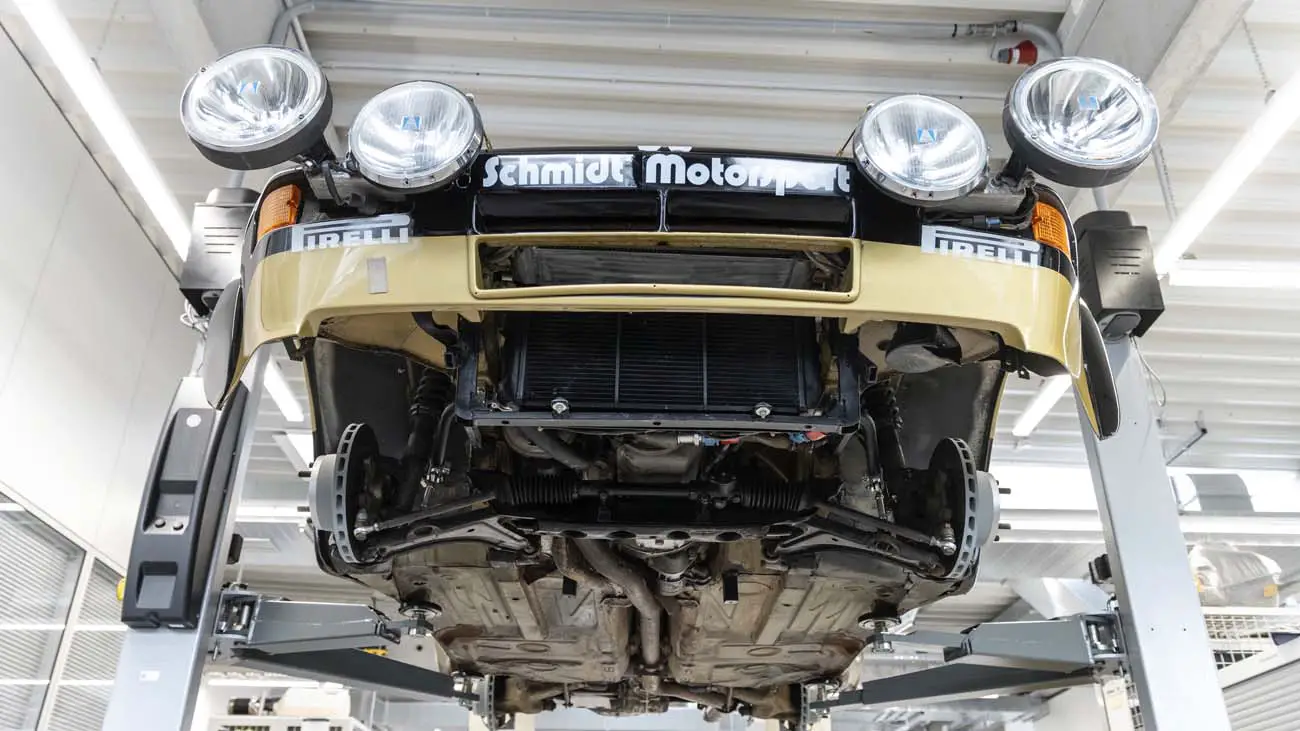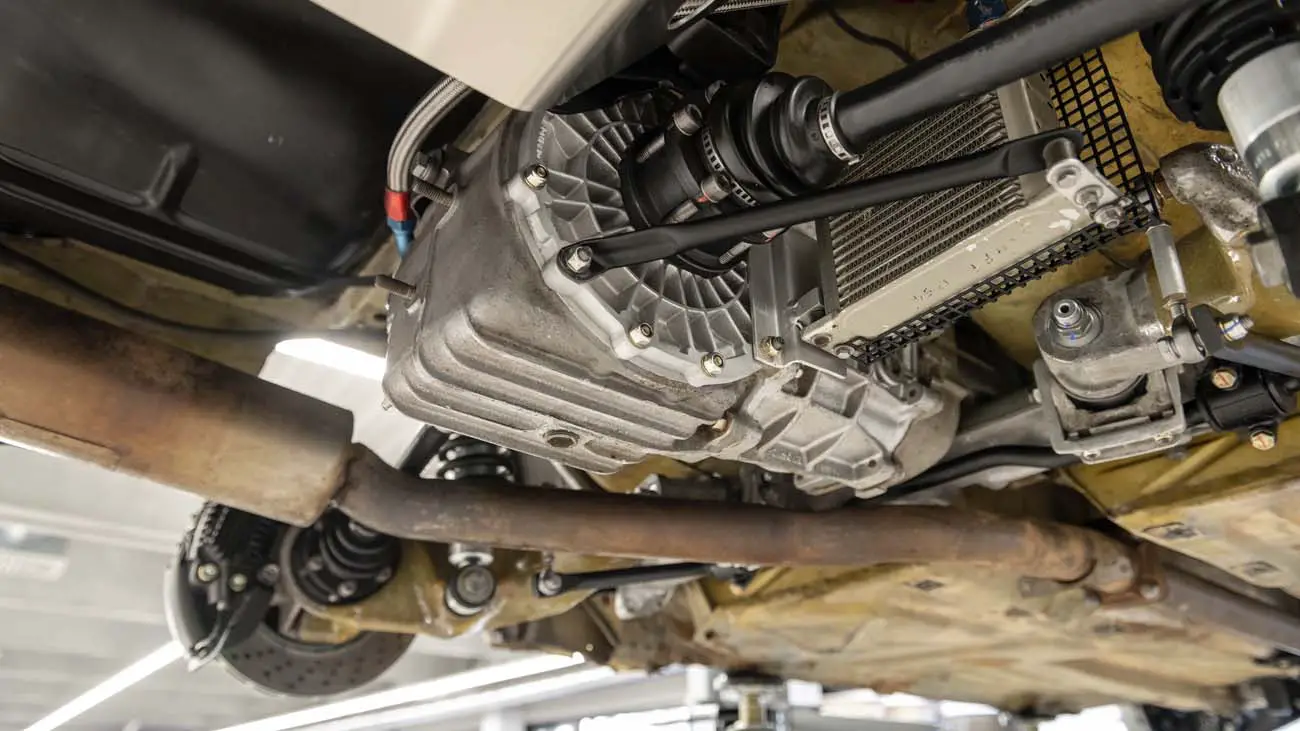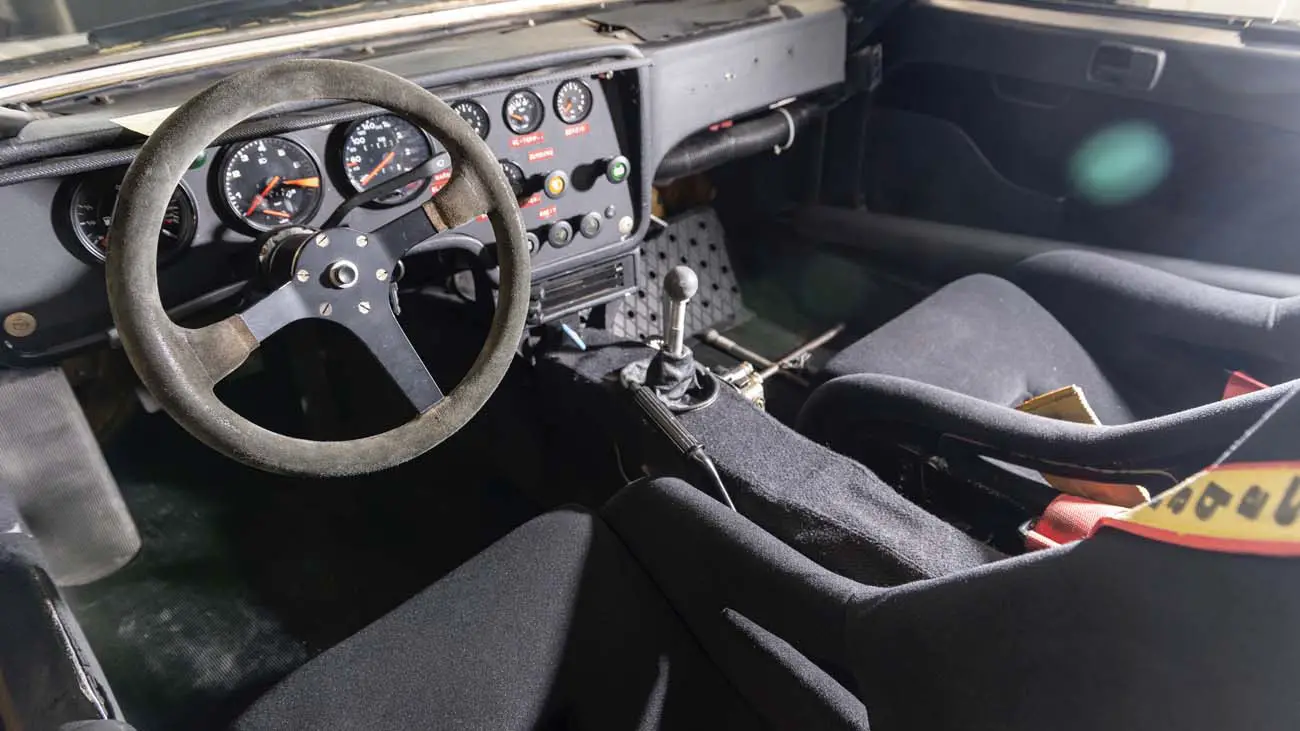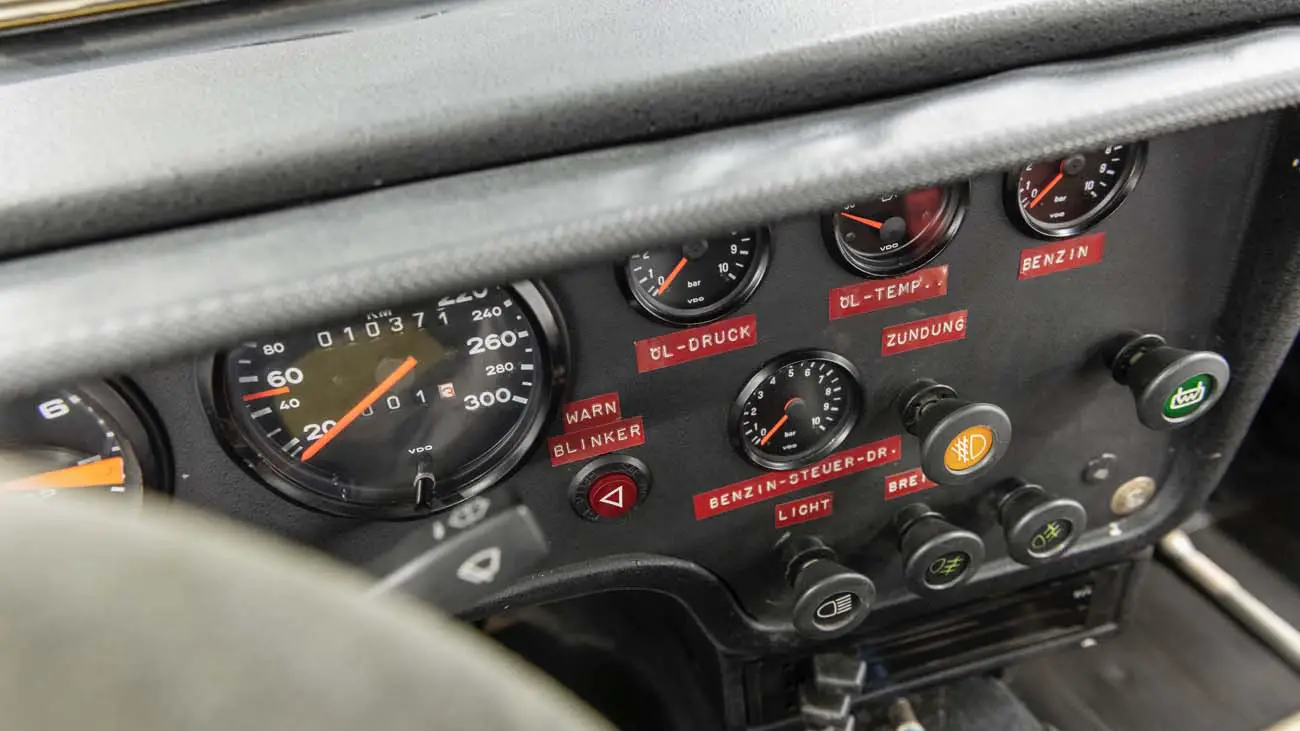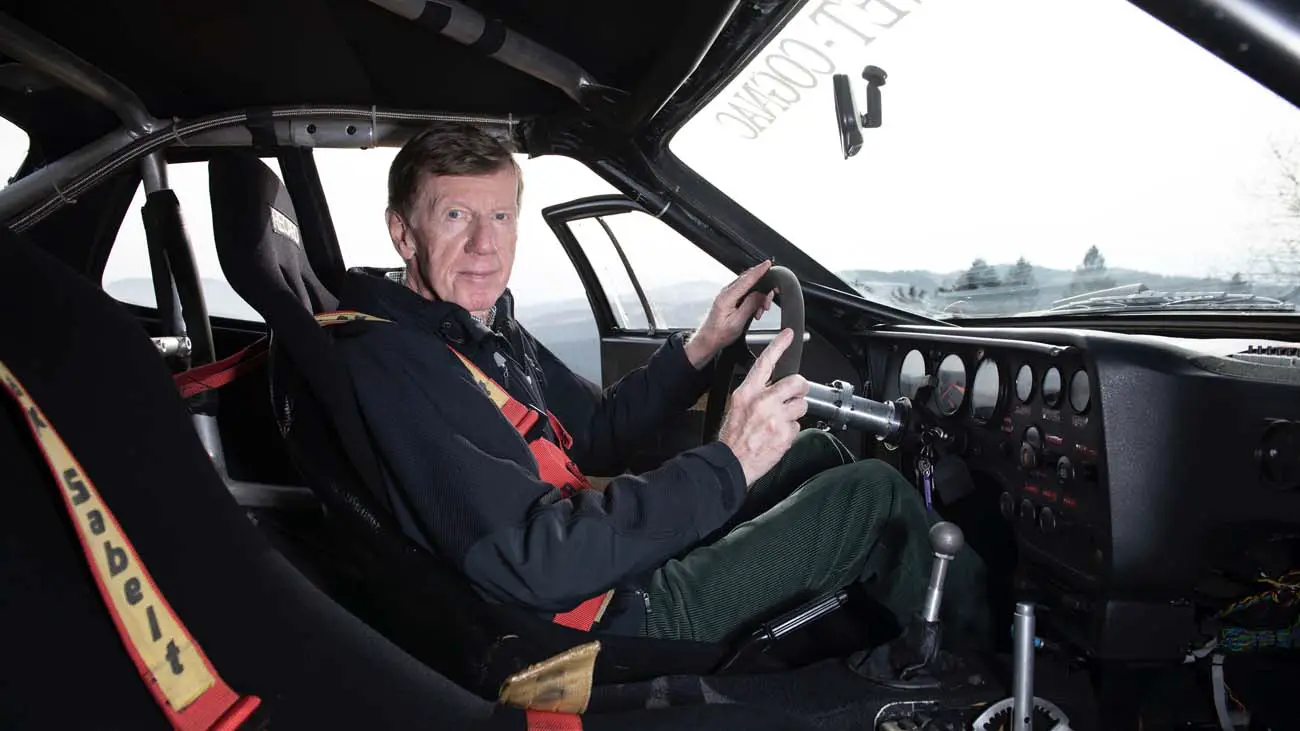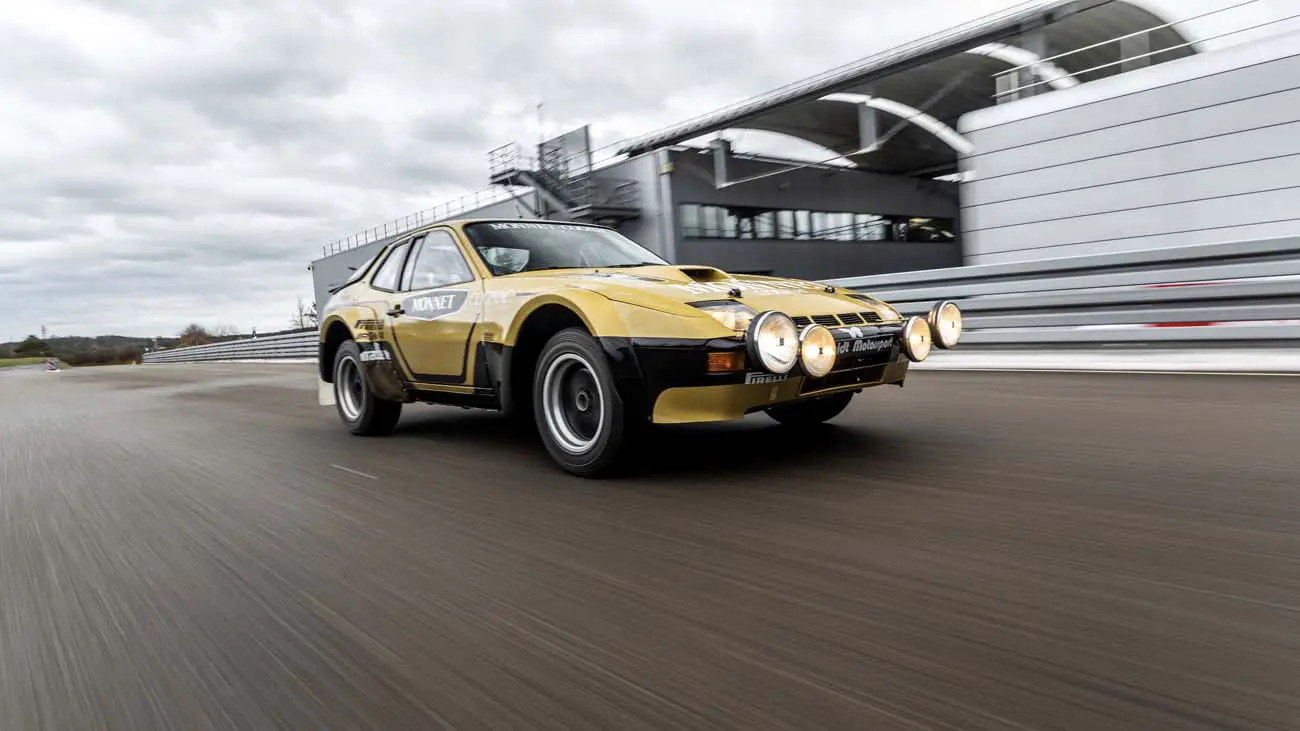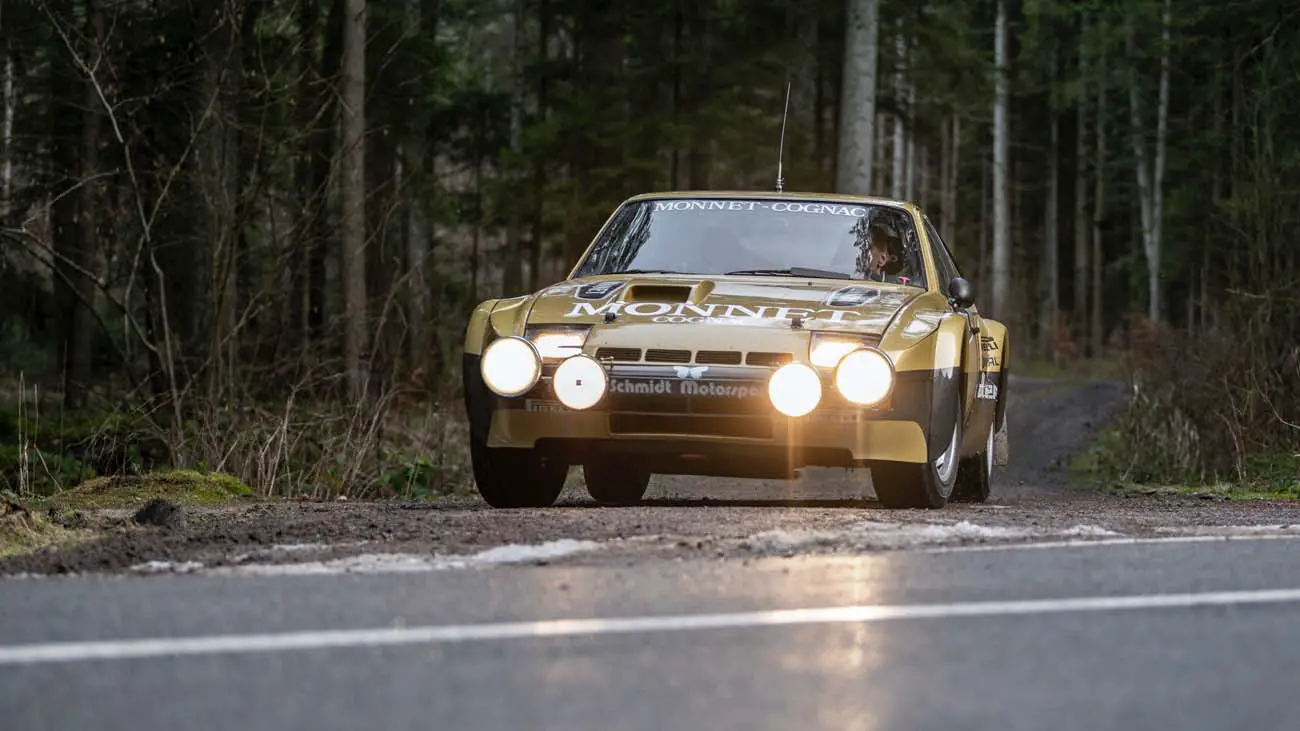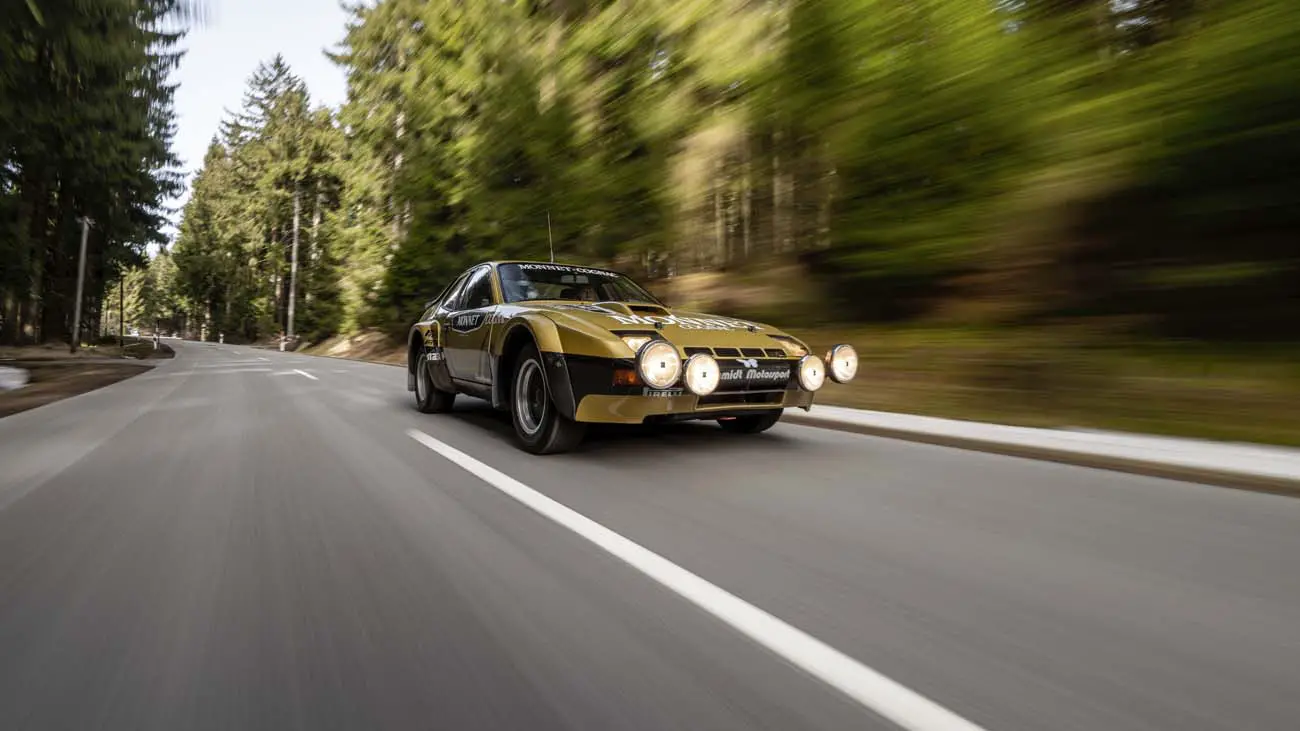
Walter Röhrl got a nice surprise being reunited with his 1981 924 Carrera GTS. The 15 May 2021 is the 40th anniversary of Röhrl and his co-driver Christian Geistdörfer starting the international ADAC Metz Rally 1981. The only time the two-time World Champion drove for Porsche.
In the first race the car suffered with a few faults and didn’t finish, but the pair managed to take four victories from the total of seven races that season and finished in second place overall. Röhrl and Geistdörfer were victorious in the Hessen Rally, the Serengeti Safari Rally, Anterior Palatinate Rally and finally the Baltic Rally.
The following year Röhrl and Geistdörfer moved to Opel, the 924 Carrera GTS had its last race outing at the Boucles de Spa Rally in February 1982. Behind the wheel this time was racing driver Jacky Ickx. The car was decorated in a blue livery for cigarette brand Gitanes replacing the striking gold and black paintwork with sponsor cognac producer Monnet.
After this last race the 924 GTS test car was taken in by the Porsche Museum and returned to its original colour. This has remained unchanged to this day and the aim was to preserve as much of the car’s originality as possible. Preserving the traces of time and the special stages it completed on asphalt and gravel was important. The restoration 924 was done in the same place where the car was built 40 years ago, in the historic motor racing department in Weissach.
At that time the 924 Carrera GTS was the most expensive production Porsche of the time. The road car costing 110,000 marks. The transaxle concept used in the car proved the point that it could be successful in motorsport.
